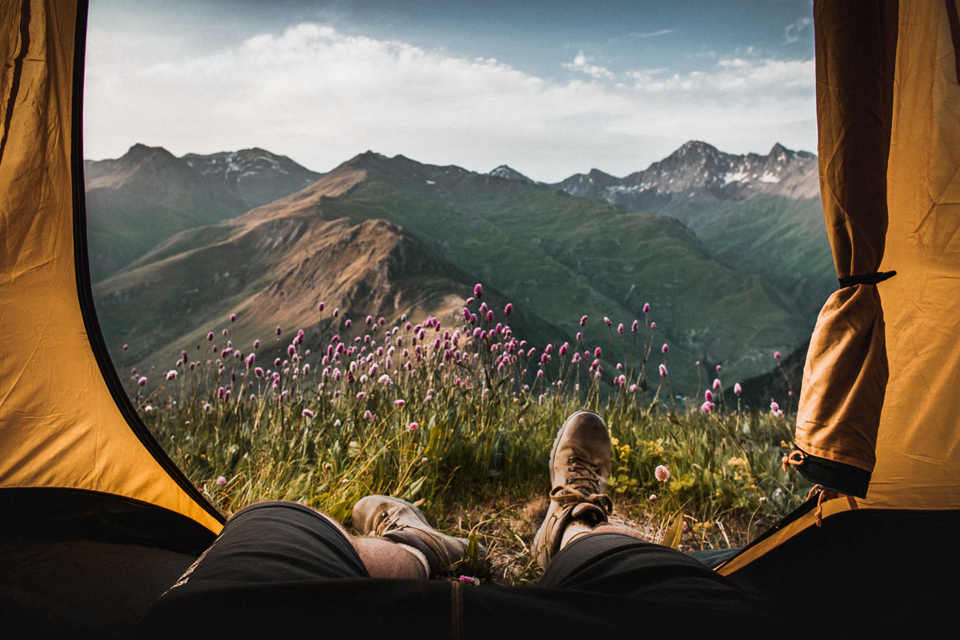Every photographer, at one point or another, dips their toe into wildlife photography. This might be as small as taking a photo of an animal in their city, or it might have been on a short hike they took with friends. If you catch the bug, however, the entire direction of your photography career can change. If you have recently awakened your passion for wildlife photography, then you will want to invest in this top equipment before you head on out:
Upgrade Your Camping Equipment
Camera equipment is heavy, especially if you are heading outdoors with the hope of capturing some wildlife shots. You need to set up camera traps, tripods, covers, flash, and a remote shooting system. The camera equipment alone can push you to your limit, and then you will need to bring camping gear, clothes, and of course, food with you along the ride.
You can get around this if you intend to set up a base camp and then venture out for day trips with your camera gear, but even then, you need to rethink your weight and what you bring.
To start, you will want items that work, no questions asked. A flint and steel kit from Self Reliance Outfitters will ensure you can create a fire, again and again, using old school methods. You will also want to invest in a quality cooking set. This set needs to be lightweight, able to make all the standard meals you could need, and of course, be able to withstand different heating methods without damage. If the set can be stored inside itself, so you only have one “pot” to carry a whole kitchen set, then you have found the right one.
Take these traits of reliability, lightweight, and multi-purpose with you when choosing all of your camping gear to ensure you can bring everything you need to survive and take that epic photo.
The Best Photo Gear for Wildlife Photography
You will have your camera and a few other accessories, but when it comes to wildlife photography, you are also going to need:
- Binoculars – to spot wildlife from a distance
- A headlamp – to set up your gear in the early morning or at night
- A telephoto lens – think 400mm or greater
- A bean bag – to rest your camera securely in your car’s window when driving
- Gimbal – the best accessory to add to a tripod for wildlife photography
- Rain cover – to keep shooting, even during poor weather
- Teleconverter – to get up-close shots of dangerous wildlife
Invest in a Great Camping Backpack
You will likely need to buy a special camping backpack to bring all the camping supplies with you. Don’t worry too much if you need to bring an additional camera bag. So long as you don’t need to hike too far to the camping location, you can bring two bags with you, though you will want to take it slow.
Travel with a Buddy or Group
For safety, always travel with a friend or as part of a group. Alternatively, you could go with a local guide or even a photo tour if you are still new to the concept of wildlife photography. Go with a group of photographers, and you can learn some truly great wildlife photography techniques






